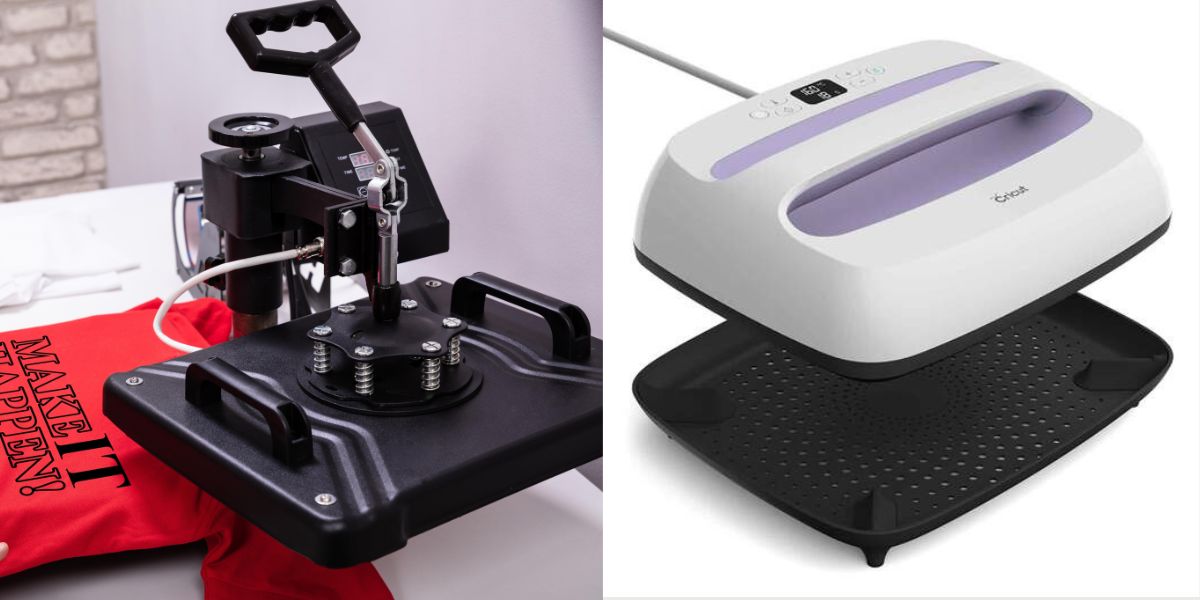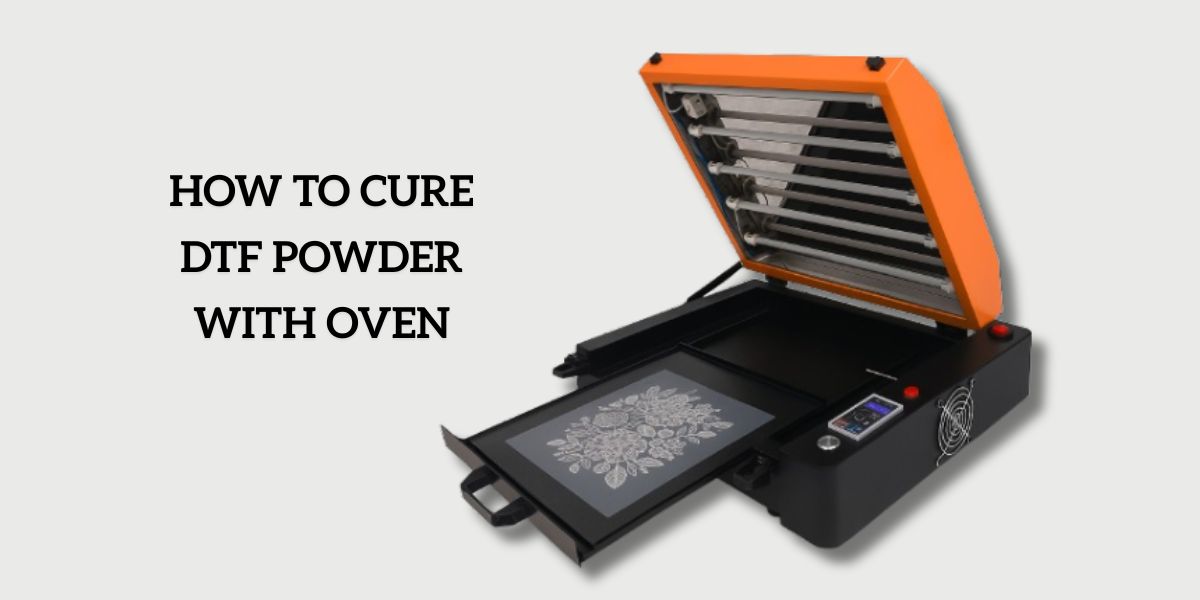
Blog
Sticker vs Decal: 5 differences to tell them apart and to choose the best one

Stickers and decals are both popular options for decorating, advertising or branding. They are all adhesive materials that can be applied to a variety of surfaces to achieve a certain aesthetic or message. However, stickers and decals are not interchangeable, and mixing the two can make your end result unsatisfactory. With that in mind, knowing the differences between them can help you choose the right one for your specific needs. In this article, we’ll go over the five main differences between stickers and decals to help you make the most appropriate decision. Let’s go now!
Sticker vs Decal: What are they?
1. What are stickers?
A sticker is an adhesive material, typically printed on paper or vinyl, which can be affixed to a surface to display a design, message, or information. Custom stickers are commonly used for decoration, identification, or information purposes, and can be found on products, vehicles, and various surfaces.
The structure of a sticker can vary depending on the specific type and application method, but in general, a sticker consists of three layers:
- The sticker face: This layer is where the actual design or graphic of the sticker is printed. It can be made of paper, vinyl, or other materials depending on the intended use and durability needed.
- The adhesive layer: This is applied to the back of the sticker face and allows the sticker to stick to the surface it’s applied to.
- The backing layer: The protective layer that covers the adhesive side of the sticker and can be peeled off when the sticker is ready to be used.
Some stickers may have additional layers, such as a laminate layer that provides extra protection against scratches and fading, or a clear tape layer to help applying transfer stickers much easier.

2. What are decals
A decal is a design or graphic that is printed on a special material, such as vinyl or water-slide paper, and then applied to a surface using an adhesive layer. Decals can be used for a wide variety of applications, from adding graphics to a vehicle to creating custom wall decorations for home or business.
Generally, a water-slide decal consists of at least two layers:
- The decal graphic layer: This layer is where the actual design or graphic of the decal is printed. It’s typically made of a high-quality, durable material that is resistant to fading, peeling, and other types of damage.
- The adhesive layer: This layer is applied to the back of the decal graphic and is designed to adhere to the surface it’s applied to.
Whereas, transfer vinyl decals have additional layers, which is a clear transfer tape that is applied over the top of the decal to make it easier to apply to the surface. The transfer tape is then removed after the decal has been applied, leaving only the decal graphic and adhesive layer on the surface.

Sticker vs Decal: 5 differences to tell them apart
What is the difference between stickers and decals? To tell stickers and decals apart, let’s consider these 5 points.
1. Material
The materials used for stickers and decals can have a significant impact on their durability, appearance, and intended use.
Stickers are typically made of thinner, more flexible materials such as paper or vinyl. These sticker materials make them easy to apply and remove from surfaces, and also allow them to be printed with a wide range of designs and colors. Paper stickers are often used for indoor applications and have a lower durability than vinyl stickers. Vinyl stickers are weather-resistant and can withstand harsh outdoor environments for longer periods of time.
Decals, on the other hand, are often made of thicker, more durable materials like, which are mentioned above, vinyl or water-slide paper. Vinyl decals are designed to be more permanent than stickers and can last for several years, even in outdoor environments. This makes them ideal for use on vehicles, boats, and other equipment that is exposed to harsh weather conditions. Water slide decal is made of specialized material that is applied to surfaces using a water-based adhesive layer. This type of decal is commonly used for model building or other craft projects.
2. Adhesive
The adhesive used for stickers and decals can also have a significant impact on their application and durability.
Stickers usually have a more aggressive adhesive that makes them stickier and easier to apply. This allows for a strong, secure bond between the sticker and the surface it is applied to, which can be particularly important for outdoor use or applications where the sticker needs to withstand frequent handling or contact.
In contrast, decals often have a more forgiving adhesive that allows for repositioning during application. This is because decals are often used for more precise or intricate designs, such as those used in model building or other crafts. A forgiving adhesive allows the user to adjust the position of the decal before it fully adheres to the surface, ensuring a more precise and accurate application.
However, it’s important to note that the adhesive used for stickers and decals can vary depending on the specific application and materials used. For example, some decals may have a more aggressive adhesive if they are intended for outdoor use or need to adhere to a rough or uneven surface. Similarly, some stickers may have a more forgiving adhesive if they are intended for temporary use or need to be removed without damaging the surface.

3. Design
When it comes to design, stickers and decals also have some differences.
Stickers typically have a printed design on a solid colored background or clear vinyl. This allows for a wide range of colors, patterns, and designs to be printed onto the sticker, making them a popular choice for branding, promotion, and personal expression. Clear vinyl stickers are also popular, as they can give the appearance of a design floating on the surface they are applied to.
Decals, on the other hand, often have a die-cut decals design that allows for the underlying surface to show through the cut-out areas. This can create a more subtle, seamless appearance, particularly when applied to a surface that matches the color of the decal. This is why decals are often used for car decals, window decals, which are the most popular decals applications where a sleek and professional appearance is desired.
4. Application
In terms of application, the differences between stickers and decals also result in the differences in their ease of use and final appearance.
Stickers are often applied by simply peeling and sticking them onto a surface, making them a quick and easy option for a wide range of applications. This is particularly true for smaller or simpler designs that can be applied by hand, without the need for any special tools or techniques.
Decals, specifically waterslide decals, require a wet application process and carefully squeezing out any bubbles or wrinkles. This process can be more time-consuming and require some skill and practice to get right, particularly for larger or more intricate designs. However, the wet application process can also allow for a more seamless and professional appearance, as any bubbles or wrinkles can be smoothed out before the decal fully adheres to the surface.
In addition to the wet application process, some decals may also require additional tools or materials, such as transfer tape or application fluid, to help ensure a smooth and accurate application. While this can add an extra step or cost to the application process, it can also help ensure a high-quality and long-lasting result.

5. Uses
Although their appearance is somewhat similar, stickers and decals are made for different purposes
Stickers are often used for promotional or decorative purposes, such as on laptops, water bottles, or car windows. They can be designed with various shapes, sizes, and colors to convey a specific message or add some personality to an item or space. Additionally, stickers are relatively easy to apply and remove, which makes them a popular choice for temporary branding or advertising campaigns.
Decals, on the other hand, are often used for more permanent applications. They can be used to identify a vehicle or business, promote a specific product or service, or add some visual interest to a storefront window or a model kit. Decals can be designed with intricate and detailed designs, which are often die-cut to allow for the underlying surface to show through the cut-out areas.
Additionally, decals are made with durable and long-lasting materials, which can withstand outdoor elements, such as rain, sun, or wind. One significant advantage of using decals is their ability to provide a seamless and professional appearance. When applied correctly, decals can look like they are part of the underlying surface, which can add a sense of permanence and quality to a product or a space. Decals are also versatile and can be used on a wide range of surfaces, including metal, glass, plastic, and wood.
Sticker vs Decal: Choose the right one for you
Based on the 5 differences between stickers and decals, we have some suggestion for deciding which one to use:
1. When to use stickers?
Use a sticker when you need a more flexible and removable option. Stickers are typically made of thinner, more flexible materials and have a more aggressive adhesive that makes them stickier and easier to apply. They are often used for promotional or decorative purposes, such as on laptops, water bottles, or car windows. Stickers can be easily removed without leaving any residue, making them a great option for temporary branding or advertising sticker campaigns.
2. When to use decals?
Use a decal when you need a more durable and long-lasting option. Decals are often made of thicker, more durable materials and have a more forgiving adhesive that allows for repositioning during application. They are often used for more permanent applications like on vehicles, storefront windows, or model kits. Decals can withstand outdoor elements like rain, sun, or wind and provide a seamless and professional appearance when applied correctly. They are a great option when you need something that looks like it is part of the underlying surface and can add value and quality to a product or space.
Conclusion
When it comes to choosing between sticker vs decal, the decision ultimately depends on your specific needs. By understanding the differences between stickers and decals, you found that stickers are more flexible and removable, making them a great option for temporary branding or advertising campaigns. On the other hand, decals are more durable and long-lasting, making them a great option for permanent applications that require a professional appearance. No matter what choice you’ve made, we at CustomAny are so honored to be your partner in making custom printing products. Feel free to access to our product page for ordering any stickers and decals you want.













